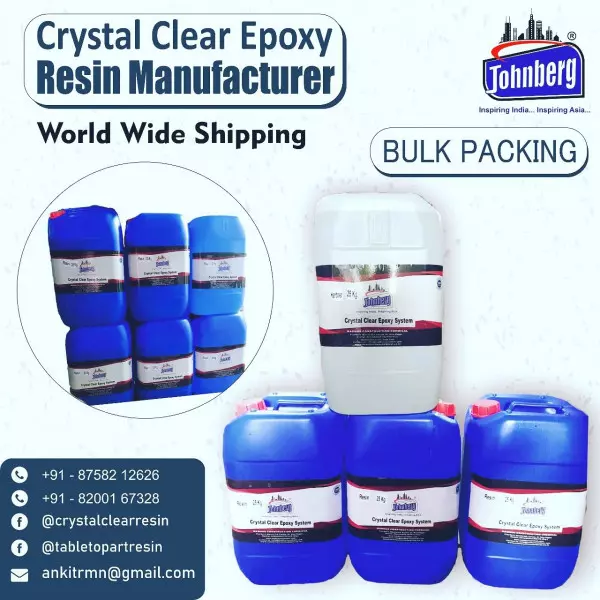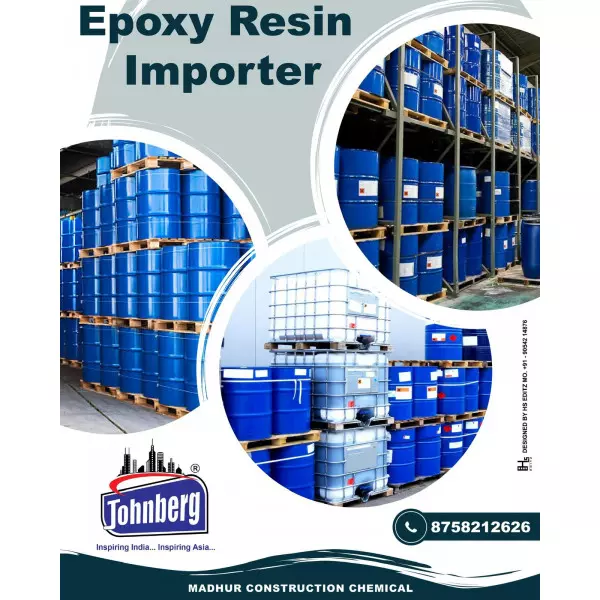- Home
- About Us
- Products
- Resin Furniture
- 3D Epoxy Flooring Service
- Resin Table Top
- Wooden Epoxy Resin Table Top
- Metallic Epoxy Flooring Service
- Conception Chemical Consultants
- Chemical Consultancy For Construction
- Construction Chemical Consultant
- Tile Grout
- Foundation Grout Consultant
- Paver Block Chemical Consultant
- Waterproofing Chemical Consultant
- Epoxy Pigment Consultant
- Heat Reflective Coating
- Water Repellent Coating
- Epoxy Grout
- Chemical Consultant
- Industrial Chemical
- Construction Chemical
- Epoxy Resin
- Epoxy Coating
- Polyester Resin
- Joint Sealants
- Cristal Clear Epoxy Resin And Hardner
- Construction Chemicals
- Polycarboxylate Ether And Liquid
- Solvent Cement
- Tile Protection Sheet
- Water Reducing Superplasticizer
- Epoxy Resin And Hardeners
- Two Component Waterproof Coating
- Epoxy Floor Coatings
- Casting Resin
- Sbr Latex Polymer
- Epoxy Grout Formulations
- Epoxy Resin Tabletops
- Tile Spacers
- Tile Levelling Spacers
- Industrial Night Vision Epoxy Grout
- Sbr Latex
- Johnberg Marble Polishing Liquid
- Acrylic Elastomeric Coating
- Weber Tile Adhesives
- Decorative Arts
- Resinic Crafts
- PU Flexible Tile Adhesive
- Resin Pressed Flowers
- Dry Pressed Flower
- Epoxy Putty
- Resin Furniture
- Services
- Updates
- Gallery
- Contact Us
Sbr Latex Polymer Material In Chhattisgarh
Details of Sbr Latex Polymer
What is SBR Latex Polymer?
SBR Latex stands for Styrene-Butadiene Rubber Latex. It is a synthetic rubber latex, a stable dispersion (emulsion) of polymer microparticles in an aqueous medium. SBR latex is produced by emulsion polymerization of styrene and butadiene monomers.
Composition
Styrene: Typically 15-30% by weight in the copolymer.
Butadiene: Typically 70-85% by weight.
The ratio of styrene to butadiene affects the properties of the SBR latex (more styrene increases hardness and resistance to oil; more butadiene increases elasticity).
Physical Properties
Appearance: Milky white liquid (latex form).
Solid Content: Usually 40-50%.
Particle Size: Approximately 0.1 microns.
pH: Generally 8-11 (slightly alkaline).
Viscosity: Low, easy to handle and mix.
Shelf Life: Stable for several months if stored properly.
Chemical Properties
Resistant to abrasion.
Good resistance to heat and aging.
Moderate resistance to oils, solvents, and chemicals.
Good adhesive properties.
Key Features and Benefits
High flexibility and elasticity: SBR latex maintains rubbery properties at room temperature.
Excellent abrasion resistance: Good for applications requiring durability.
Water resistance: Useful in water-based applications.
Adhesion: Excellent bonding to fabrics, paper, metals, and other materials.
Film-forming: Forms flexible, durable films upon drying.
Cost-effective: Cheaper than natural rubber latex for many applications.
Applications
Paper coating: Improves strength, surface finish, and water resistance.
Textile finishing: Provides elasticity and durability to fabrics.
Carpet backing: Used as adhesive and binding agent.
Construction: Added to cement and mortar to improve flexibility and adhesion.
Adhesives: In pressure-sensitive adhesives, carpet adhesives, and bonding agents.
Coatings and paints: Used to improve toughness and elasticity.
Rubber goods: Used as a raw material in manufacturing tires, shoe soles, and other rubber products.
Production Process (Brief)
SBR latex is produced by emulsion polymerization:
Styrene and butadiene monomers are emulsified in water with surfactants.
A free radical initiator triggers polymerization at controlled temperature.
Polymer particles form and remain dispersed in water.
The latex can be stabilized with protective colloids or surfactants.
Safety and Handling
Non-toxic in typical use.
Avoid ingestion and prolonged skin contact.
Store in a cool, dry place to prevent coagulation.
Stable under normal conditions but keep away from freezing.
Offered Product
Sbr Latex Polymer
BrandJohnbergPurity51%GradePremiumUsage/ApplicationWaterproofing ChemicalPackaging Type200 Kg DrumPackaging Size50 & 200 KgPhysical FormLiquidpH Value7-8AppearanceMilky WhiteShelf Life12 Month In Unopened ConditionSbr Latex Use For Waterproofing Purpose. It Can Be Use In Many Application Also. We Are Bulk Importer Of Sbr Bonding Agent In India.... Read moreSbr Latex Polymer Manufacturer In Maharashtra
SBR Latex Polymer Is A Synthetic Rubber Material Made From Styrene And Butadiene It Is Produced As A Stable Milky Liquid And Is Widely Used In Industries Because Of Its Strong Bonding Flexibility And Resistance To Abrasion SBR Latex Is Commonly Used In Paper Coatings Adhesives Carpet Backing Construction Products And Modified Cement Mixtures It Improves Strength Water Resistance And Durability In Many Applications And Provides A Cost Effective Alternative To Natural Rubber Continue
Sbr Latex Polymer Manufacturer In Chhattisgarh
SBR Latex Polymer Is A Water Based Synthetic Rubber Made From Styrene And Butadiene. It Forms A Stable Milky Liquid That Can Be Mixed Easily With Other Ingredients. When The Water Evaporates The Polymer Particles Join Together To Create A Flexible Strong And Durable Film. This Material Is Commonly Used In Coatings Adhesives Carpet Backing Paper Treatment And Construction Products. It Provides Good Elasticity Resistance To Abrasion And Stability Under Various Temperatures. Continue
Sbr Latex Polymer Manufacturers In Hyderabad
What Is SBR Latex?SBR Latex Stands For Styrene-Butadiene Rubber Latex. It Is A Synthetic Rubber Emulsion Produced By The Polymerization Of Styrene And Butadiene In Water. SBR Latex Is A Milky White, Viscous Liquid And Is Widely Used In Construction, Adhesives, Coatings, And Textiles Due To Its Excellent Adhesion, Flexibility, Water Resistance, And Durability. Chemical CompositionStyrene (C₈H₈): Provides Rigidity And StrengthButadiene (C₄H₆): Provides Elasticity And Flexibili Continue




